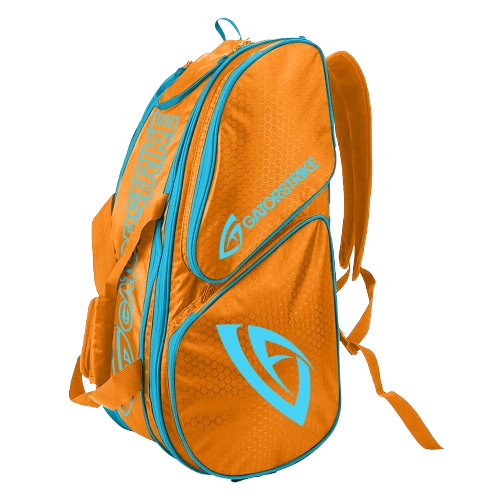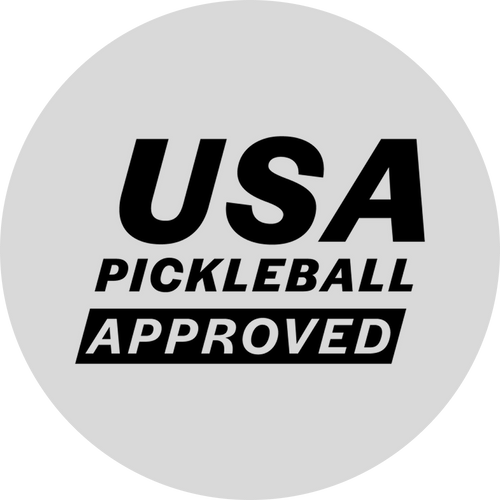
Courts, Paddles, Action: Discover the Joy of Pickleball Today
Share
Introduction: Recognizing the Phenomenon of Pickleball
Pickleball has become more than an activity; it's now a way of life. It's sweeping across communities and neighborhoods by blending irresistible fitness and fun. The sport that is so unique has won the hearts of a vast number of people. It's humble origins until its exponential growth in popularity, it's an ever-growing phenomenon that shows no sign of slowing. If you're an experienced player or just seeking to explore some new things, the excitement of picking up a ball is just an hour away, particularly in the right pickleball court.
An Introduction to Pickleball
The origins of the game are just as fascinating as the sport itself. It all began in the summer of 1965, when three fathers--Joel Pitchard, Bill Bell, and Barney McCallum--decided to make an activity to entertain their children who were bored. With an old court for badminton as well as a perforated plastic ball, and pickleball paddles constructed from wood and a few other materials, they created what would eventually become one of the most popular games in America.
The term "pickleball" is believed to have been influenced by the Pritchard family dog, Pickles, who would run the ball around, or by the idea of a "pickle boat," an expression used in rowing. From the very beginning of the Pacific Northwest, pickleball has developed into a game played by players of all age groups on thousands of courts for pickleball across the United States.
The Basics: What You Need to Know Start
The process of getting started with pickleball is a breeze because of its simple equipment and setup. A very crucial factor is choosing the correct tennis court.
- Court Size 20 x 44 feet
- Net Height 36 inches at the sides and 34 inches in the center
- Pickleball Paddle Choose from wood, carbon fiber, or composite paddles
- Ball Perforated plastic, light and lightweight ball (indoor and outdoor versions available)
Tips to enhance your experience: you should use a top-quality mobile pickleball net such as that of the Quick Set Portable Net System from GatorStrike.
The Game's Rules of the Game: Simple Yet Strategic
If you're playing on a portable or permanent tennis court, or a portable one, the rules are basic:
- Games are played up to the score of 11 points (win by two)
- The ball should bounce on both sides at least once before volleys.
- Do not volley inside"the "kitchen," the non-volley zone that is near the net
- Serves are underhand, diagonally cross-court
Beginners should be taught the basics, like the dink shot position and serving. The ability to master these fundamentals makes for thrilling and strategically planned rallies on any tennis court.
Health and Wellness Benefits of Pickleball
Pickleball gives both physical and mental benefits to health:
- Complete-body workout that includes core, arms and legs
- Increases agility, cardio and coordination
- Increases focus and reduces stress
- Social interaction helps combat isolation
If you play on an outdoor or indoor pickleball court, it's a sport that encourages an energetic lifestyle and is simple to keep.
Pickleball for All Ages: A Sport for All
One of the great advantages of pickleball is the fact that it's a great sport for players of any age and level of skill. Families can play on the same court for pickleball, and it's the perfect sport that can be enjoyed by all generations. The smaller court size and the slower ball allow for a more even playing surface and lower the chance of injuries.
From young players learning about the sport and seniors who are active, the sport of pickleball promotes long-term physical activity and social connection.
The creation of the foundation of a Pickleball Community
Recreation centers and parks all across the U.S. are investing in tennis courts to satisfy demand. These lively communities unite players to:
- League play
- Social tournaments
- Coaching and clinics
- Events led by volunteers
Are you unable to access an exclusive facility? You can construct the perfect backyard tennis court with an internet device, as well as a paddle weight tape.
Why Pickleball is Going to Be Around Forever
The exploding growth of pickleball is caused by the ease with which it is to get access to accessible courts for pickleball, regardless of whether it's an area park, gym, or even your driveway. As more players experience the sport's enjoyable, inclusive, and fitness-oriented nature, the impact it has on society will only increase.
If you're looking to become fit, make friends, or simply have a blast, take your paddle out and go to the closest tennis court--your new favorite pastime is waiting.
FAQs
How big is a Pickleball court?
A pickleball court is 20 feet wide and 44 feet long. It has a the net height being 36 inches along the sides while 34 inches are in the middle. It also has a non-volley area ("the the kitchen") as well as service box for singles and doubles.
What's a tennis court comprised of?
Courts for Pickleball are typically made from asphalt or concrete and are coated with acrylic for safety and grip. Temporary courts are made by using court tape as well as an inflatable net.
Do I have the ability to build an indoor pickleball court?
Yes! If you have the space with a portable net and paint or court tape, it is possible to build a pickleball court in your backyard.
What makes a pickleball court different from tennis courts?
A court for pickleball court is smaller, 20x44 feet, compared to a tennis court's 27x78 feet, and also has a smaller net. The smaller dimensions allow for quicker playing and easier accessibility.
Do you have an indoor court for pickleball?
Yes. Recreation centers and gyms often have indoor courts with basketball courts that have been modified or temporary courts.

















